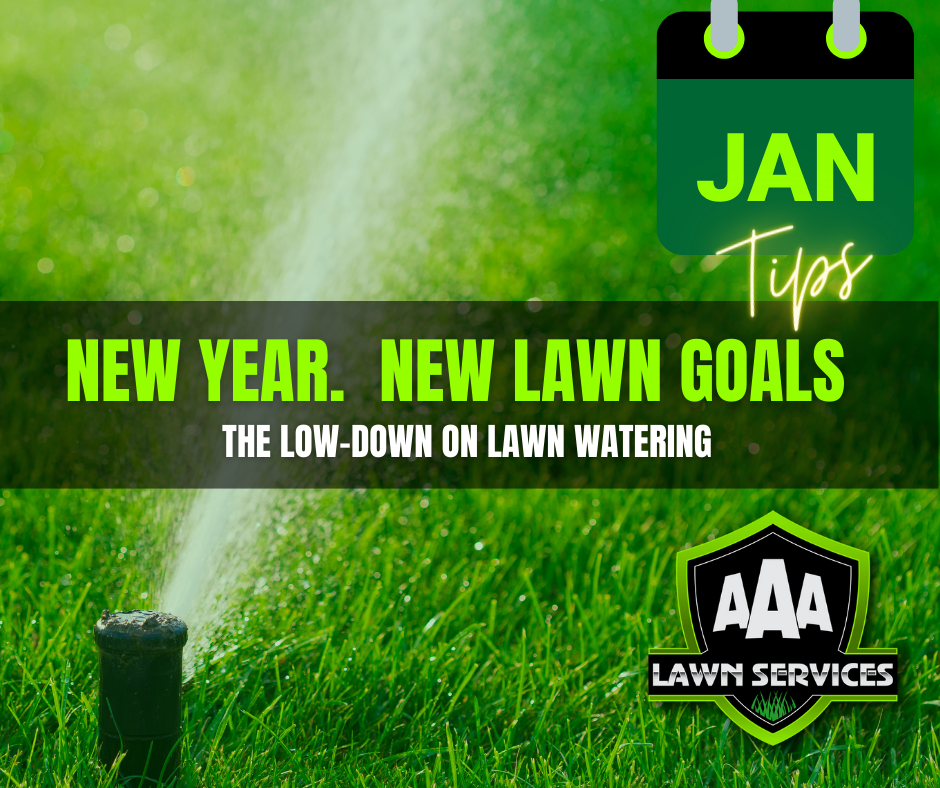
Watering Lawns
For most of us, it’s the cheapest and most beneficial thing you can do to our lawn. However, watering is the most misunderstood factor in a lawn maintenance routine. The goal of irrigating your lawn is very simple: to replace the moisture that is being lost due to evaporation. Any more or any less will cause the lawn to suffer in times of stress. Generally, given our weather patterns, it is not necessary to irrigate the lawn on a regular basis until October or November.
How much?
The technique of determining how much to water your lawn is simple: Place a small rain gauge or jam tin on the lawn when your sprinkler is running and see how many minutes it takes to fill the gauge to a level of 25mm. Then, over a period of days, see how long it takes for the 25mm of water to evaporate out of the gauge. This will tell you when and how much to water. You may be surprised!
When?
The time of day makes a difference. One basic rule: water your lawn when the least amount of water will be lost to evaporation. Watering early in the morning before the heat of the day will make sure your water goes down to the roots instead of going up in vapour. Avoid watering during the middle of the day when the heat is highest. Never water late in the afternoon or before midnight as warm evening temperatures will promote turf diseases such as mildew.How often?
Be sure to follow the “25 millimetre” guide described above. Frequent, but shallow, watering causes the grass to send roots up to the surface looking for water, where they will suffer more during hot spells. Water longer in each spot. Also be sure to water more along paths and kerbs. These areas dry out faster due to more heat build up.




